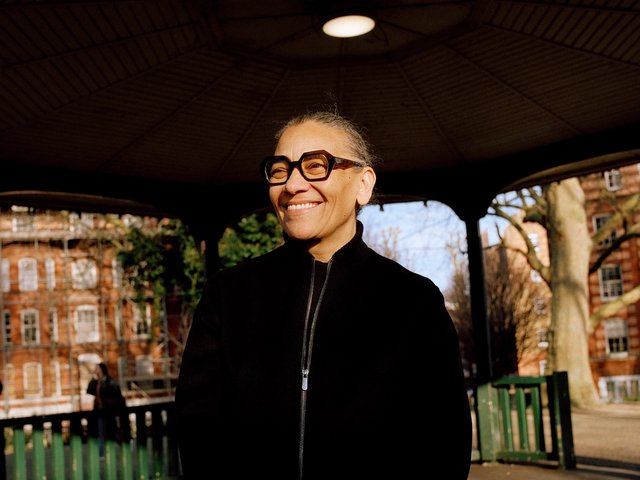The artist Ragnar Kjartansson spent much of his childhood backstage at the Reykjavik City Theatre, where his father directed and his mother starred in many plays. Born in 1976, he claims to have been conceived after a steamy scene between his parents in a play called Mordsaga (Murder Story).
Ahead of his solo show at the Barbican Art Gallery, which opens today (14 July) he told us about why his first big exhibition in London makes perfect sense. "Ever since I was a kid we would go on trips to London and go to the Barbican and we would see the future," he said.
The exhibition (until 4 September) features the portraits Kjartannson made daily of fellow Icelandic artist Pall Haukur Bjornsson wearing black swimming trunks when Kjartansson represented Iceland a the 2009 Venice Biennale. The pair also made a point of smoking and drinking beer throughout the installation called The End (2009). The show travels to the Hirshhorn Museum and Sculpture Garden, Washington DC (14 October-8 January 2017).
In the Barbican show are 144 paintings you made daily over six months in the Icelandic pavilion at the 2009 Venice Biennale. Is painting an important part of your practice?
I look at most of my works as paintings or sculpture in a way. Even though they come from a performative plan, the painterly idea is always with me and I always continue to work as an artist-painter. If the video works don’t work as paintings, then I don’t show them.
What criteria do you apply for a piece to work as a painting?
Just something that is there and can become more profound while you are staring at it. That’s a painting, basically.
Your daily paintings in Venice were made while you were living in a palazzo, copiously drinking and smoking—living the dream (and the nightmare) of the clichéd Romantic painter.
It was acting out what it was like to be the classical macho 20th-century artist, trying to be [one of] these hard-drinking painters that I was always intrigued by in art school. They are such a very funny tribe. Making paintings is not so hardcore, but it was hardcore to be always drunk while doing it. The performance was that we were making these paintings and that we had to constantly drink beer and smoke—it was really disgusting.
Much of your work has an often extreme durational and repetitive element. Why is it so important to test the limits of both the audience and the participants?
It’s not really about testing strength. Basically that’s just our lives. Human beings just repeat stuff; we are really good at it.
• This is an edited version of an interview that appears in The Art Newspaper July/August edition


